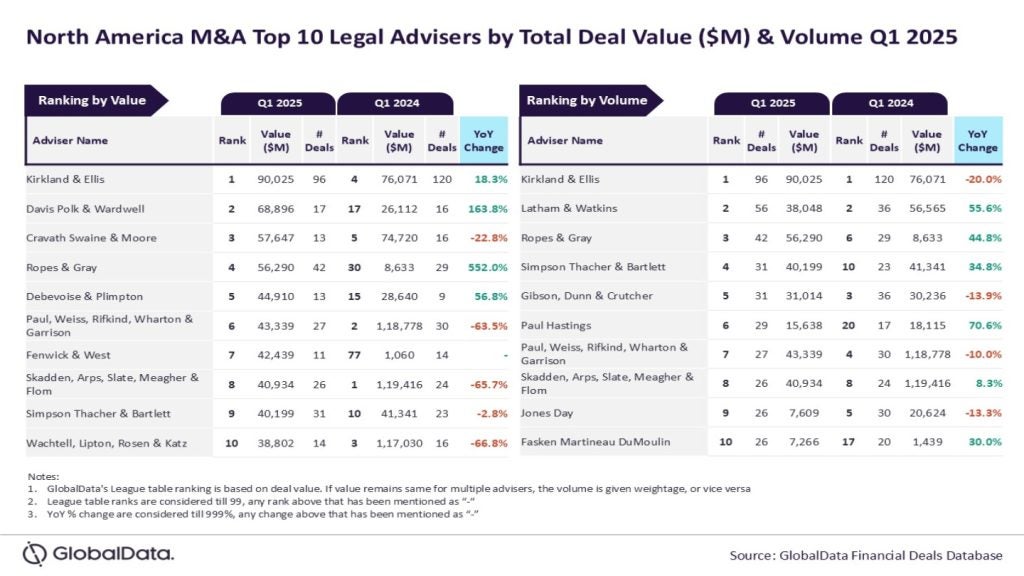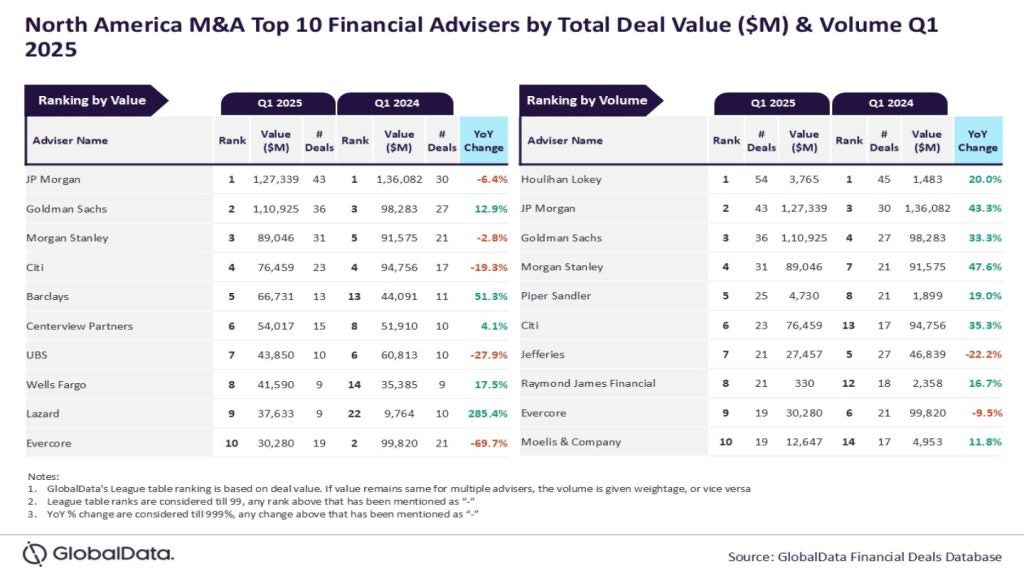
Britain’s biggest high street lenders expect the sharpest rise in defaults on unsecured lending since 2009, according to a Bank of England survey, as households come under growing pressure amid the cost-of-living crisis. With banks anticipating a marked rise in the number of people who fail to meet repayments on credit cards, loans, and other forms of unsecured borrowing over the next three months, the imperative for lenders to refine their lending strategies and mitigate risks has never been more urgent.
In this context, the role of data has become paramount in the lending decision-making process. As lenders navigate through these challenging times, harnessing the power of data-driven insights is essential to make informed lending decisions and ensure financial stability for both borrowers and lenders alike.
The data advantage in secure and unsecured lending
Data serves as the lifeblood of secure and unsecured lending, empowering lenders to assess borrower creditworthiness, evaluate risk, and tailor lending solutions accordingly. The utilisation of raw and compiled data sets allows lenders to accommodate a myriad of scenarios and tailor credit risk strategies to meet the diverse needs of borrowers. Whether it’s assessing the creditworthiness of a self-employed individual with fluctuating income or evaluating the financial stability of a gig economy worker, data-driven insights enable lenders to make informed decisions that balance risk and reward. By analysing a rich tapestry of data points, including income sources, expense patterns, and debt obligations, lenders can develop a nuanced understanding of borrowers’ financial circumstances and make lending decisions that align with their risk appetite and strategic objectives.
Moreover, data plays a pivotal role in supporting credit strategies across the lending lifecycle, from origination to portfolio management. Whether its segmenting borrowers based on credit risk profiles, refining underwriting criteria, or monitoring portfolio performance, data-driven insights enable lenders to make agile, data-informed decisions that drive business growth and mitigate risks.
Unlocking insights with advanced analytics
The proliferation of advanced analytics technologies has revolutionised the way lenders harness data to drive lending decisions. Predictive modelling, machine learning algorithms, and data visualisation tools enable lenders to identify profitable lending opportunities, optimise pricing strategies, and proactively manage credit risk, alongside uncovering actionable insights from vast datasets, enhancing accuracy and efficiency in lending processes. By analysing historical trends, identifying patterns, and predicting future borrower behaviour, lenders can make proactive decisions that optimise loan performance and minimise default risks.
The advent of open banking data has further revolutionised this landscape, ushering in a new era of transparency and accessibility. Open banking initiatives empower consumers to securely share their financial data with authorised third-party providers, enabling lenders to access a comprehensive view of borrowers’ financial profiles. By leveraging open banking data, lenders can gain deeper insights into borrowers’ income streams, spending patterns, and financial behaviours, thereby creating a more robust affordability profile and reducing lending risk.
Enhancing risk management and regulatory compliance
Data also plays a crucial role in risk management and regulatory compliance within the lending industry, with lenders leveraging data analytics to assess and mitigate various types of risk, including credit risk, market risk, and operational risk. Additionally, robust data management practices ensure compliance with regulatory requirements, such as anti-money laundering (AML) regulations, Know Your Customer (KYC) guidelines, and consumer protection laws. By integrating data-driven risk assessment tools and compliance frameworks into their operations, lenders can maintain a secure and compliant lending environment.
Embracing innovation and adaptability
As technology continues to evolve, lenders must embrace innovation and adaptability to stay ahead of the curve in a rapidly changing landscape. The rise of alternative data sources, such as social media data, transactional data, and geospatial data, presents new opportunities for lenders to gain deeper insights into borrower behaviour and preferences. Furthermore, advancements in data privacy and cybersecurity protocols ensure the responsible and secure handling of sensitive borrower information, fostering trust and confidence in lending institutions.
Data plays a pivotal role in shaping secure and unsecured lending decision-making processes, driving innovation, enhancing risk management, and ensuring regulatory compliance. By harnessing the power of data analytics and embracing technological advancements, lenders can make informed decisions, mitigate risks, and deliver personalised lending solutions that meet the diverse needs of borrowers. As the financial landscape continues to evolve, data will remain a fundamental asset in shaping the future of lending.
Through a strategic approach to data management and analytics, lenders can unlock new opportunities for growth and differentiation in a competitive marketplace, ultimately driving value for both lenders and borrowers alike.
Paul O’Sullivan is global head of banking and lending, Aryza







